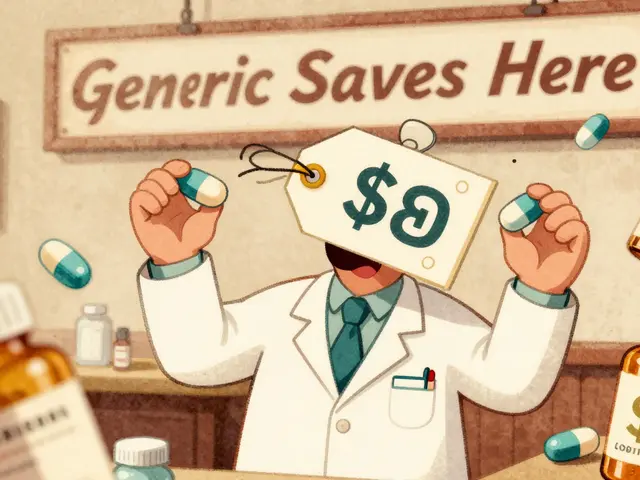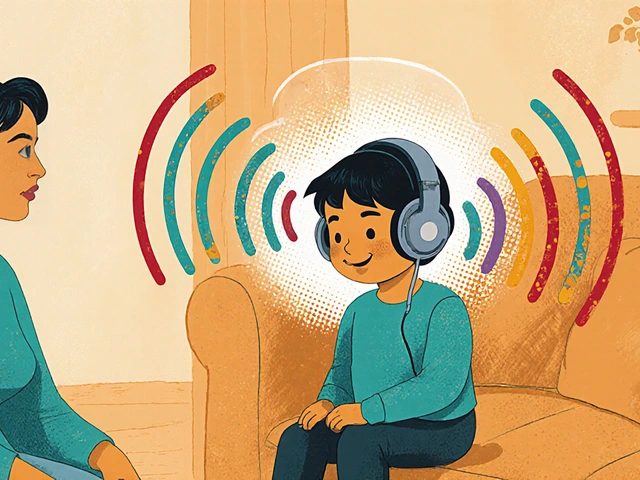Penile issues: what’s normal, what’s not, and what to do right now
If something feels off down there, you don’t have to panic — but you do need clear steps. This page covers the most common penile problems (erectile trouble, infections, pain, weird lumps, and curved erections), how to handle them at home, and when to get medical help fast.
Erectile dysfunction (ED) is the single most searched penile problem. It can come from stress, alcohol, low sleep, smoking, high blood pressure, or diabetes. Simple fixes often help: cut back on booze, quit smoking, sleep better, and get regular exercise. Pelvic floor exercises (Kegels) can improve firmness for some men. If lifestyle changes don’t help, talk to a doctor — oral meds like PDE5 inhibitors can work well but need a prescription and a quick safety check for heart medicines and blood pressure drugs.
Infections and discharge: itching, redness, white patches, or unusual discharge usually mean balanitis (yeast or bacterial inflammation) or an STI. Good hygiene helps: wash with warm water, gently retract the foreskin daily if uncircumcised, avoid harsh soaps and scented products. If symptoms include painful urination, smelly discharge, or sores, stop sex and get tested. Many infections clear with a short course of antifungal or antibiotic medicine prescribed by a clinician.
Serious signs you should not ignore
Priapism — an erection lasting longer than 4 hours — is an emergency. It can cause permanent damage if not treated immediately. A sudden painful bend or loud popping during sex could be a penile fracture; go to the ER. Any unexplained lump, persistent sore, or bleeding that doesn’t heal needs a doctor visit to rule out cancer or other issues.
Peyronie’s disease shows as a bend or plaque in the shaft and can cause painful or difficult erections. Mild cases may improve; more severe cases benefit from specialist care (injections, devices, or surgery). Don’t try to treat curvature with over-the-counter gadgets—see a urologist for a proper plan.
Simple daily care and prevention
Keep the area clean and dry, wear breathable cotton underwear, and avoid very tight pants. Manage long-term health risks: control blood sugar, treat high blood pressure, and maintain a healthy weight. Use condoms and get regular STI screening if you have new or multiple partners. If you use erectile medications, discuss interactions and safe purchasing — we have a Vidalista guide that explains how to buy ED meds online safely.
Communication helps. Talk with your partner and your doctor. Many penile issues are fixable or manageable with the right steps. If you’re unsure whether a symptom is urgent, err on the side of care: a quick visit or phone call can save time, anxiety, and health down the road.

The potential for Avanafil as a treatment for ED in men with penile issues
As a blogger, I recently came across some fascinating research on the potential of Avanafil as a treatment for erectile dysfunction (ED) in men with penile issues. This new medication has shown promising results in clinical trials, offering a faster onset of action and fewer side effects compared to other ED treatments. One of the key advantages of Avanafil is that it can be taken by men with various medical conditions, including those with penile issues. Moreover, it appears to be a safe and effective treatment option, even for men with more severe forms of ED. In conclusion, Avanafil could potentially revolutionize the way we treat ED, providing a more accessible and targeted solution for men struggling with this condition.
Read More




